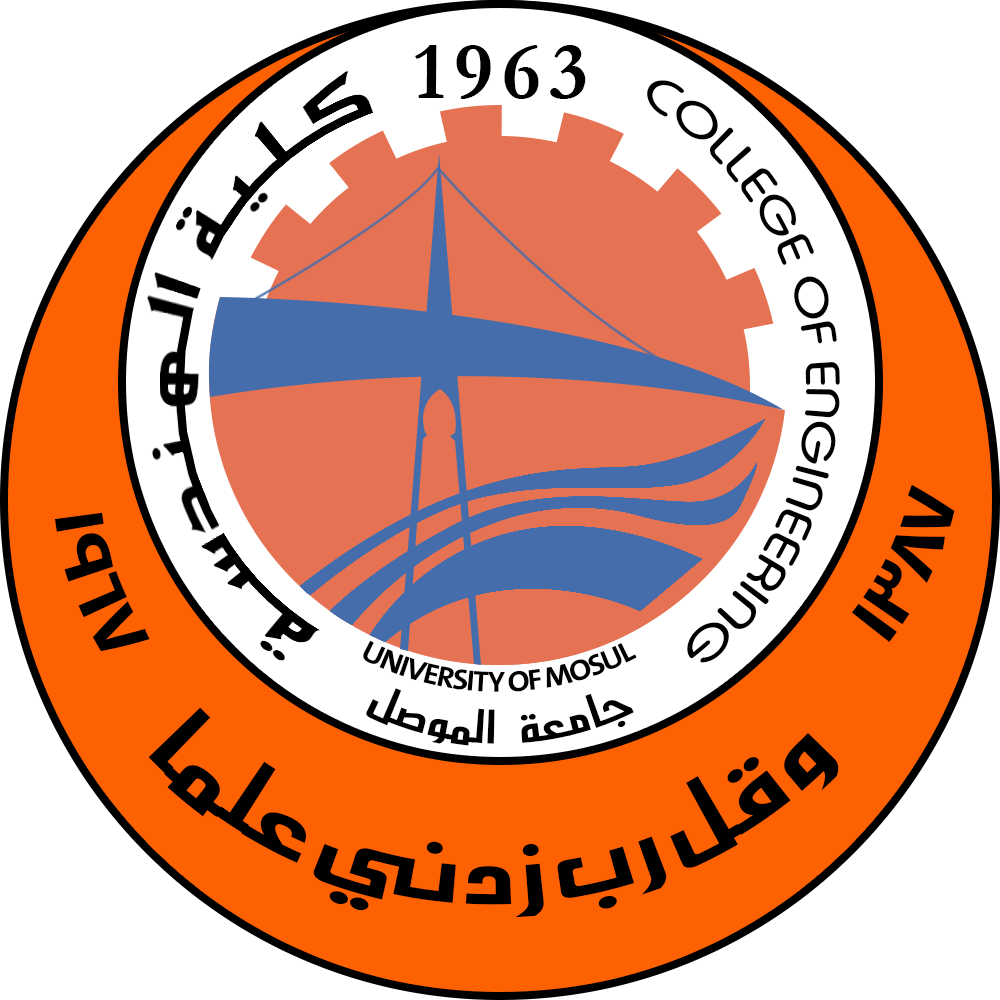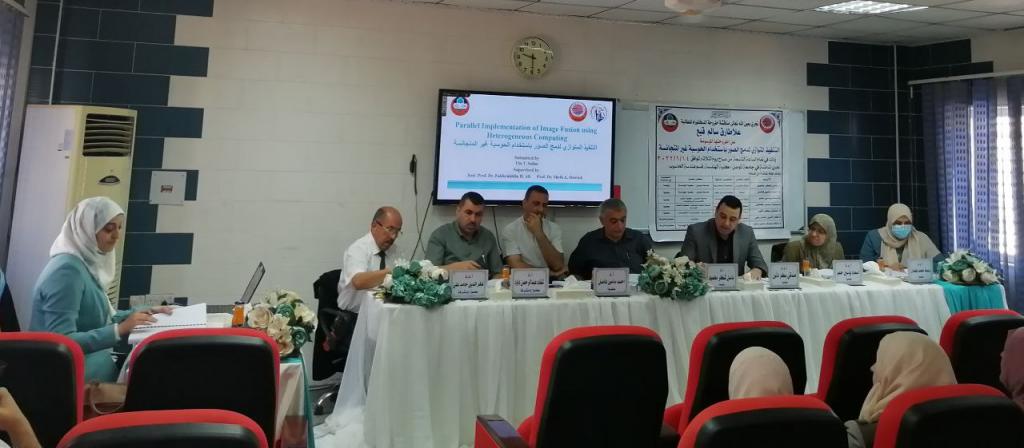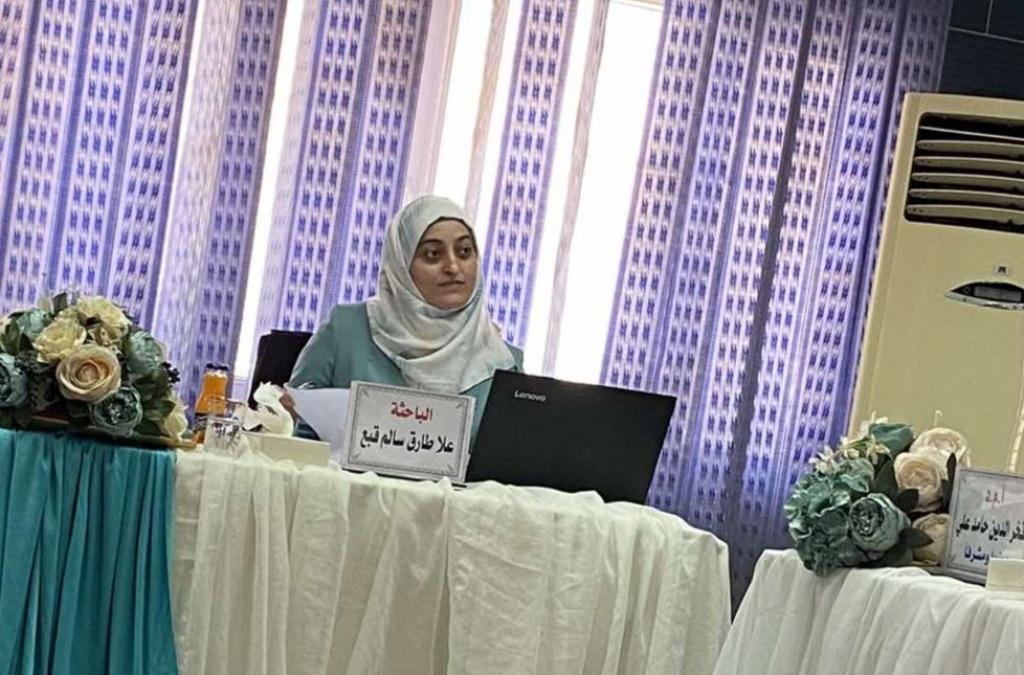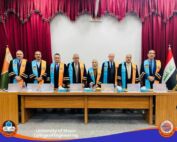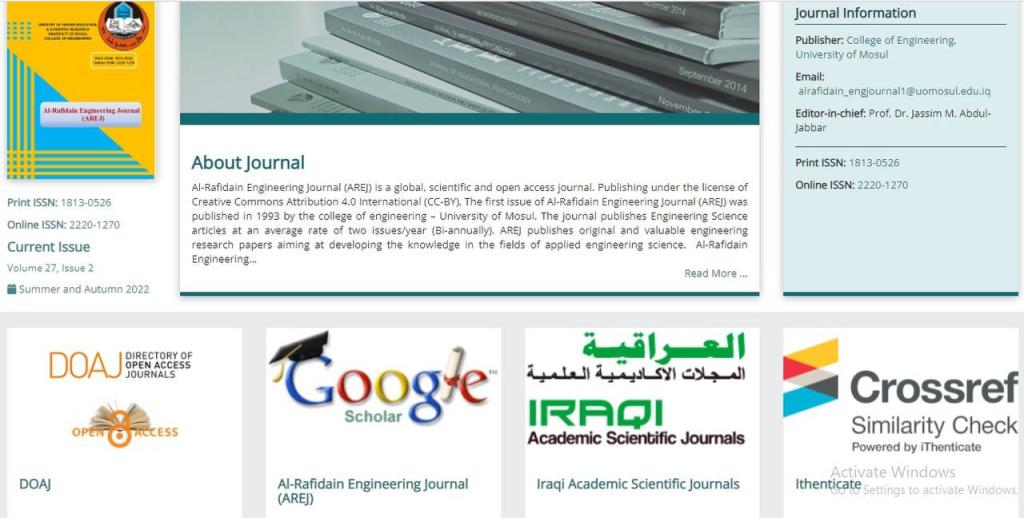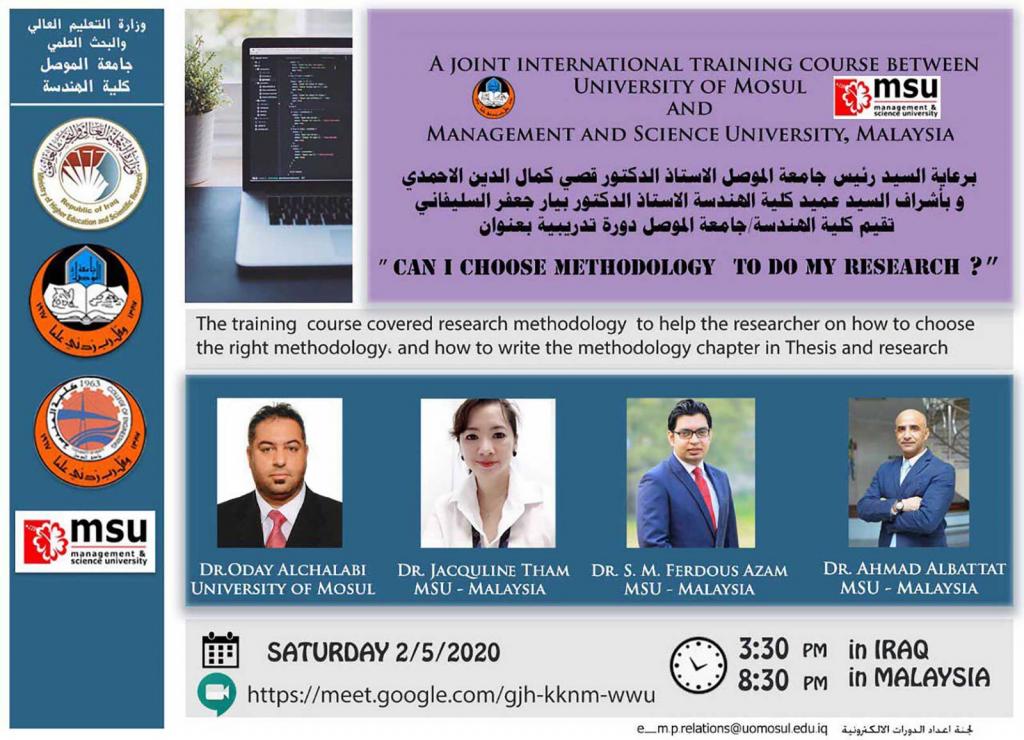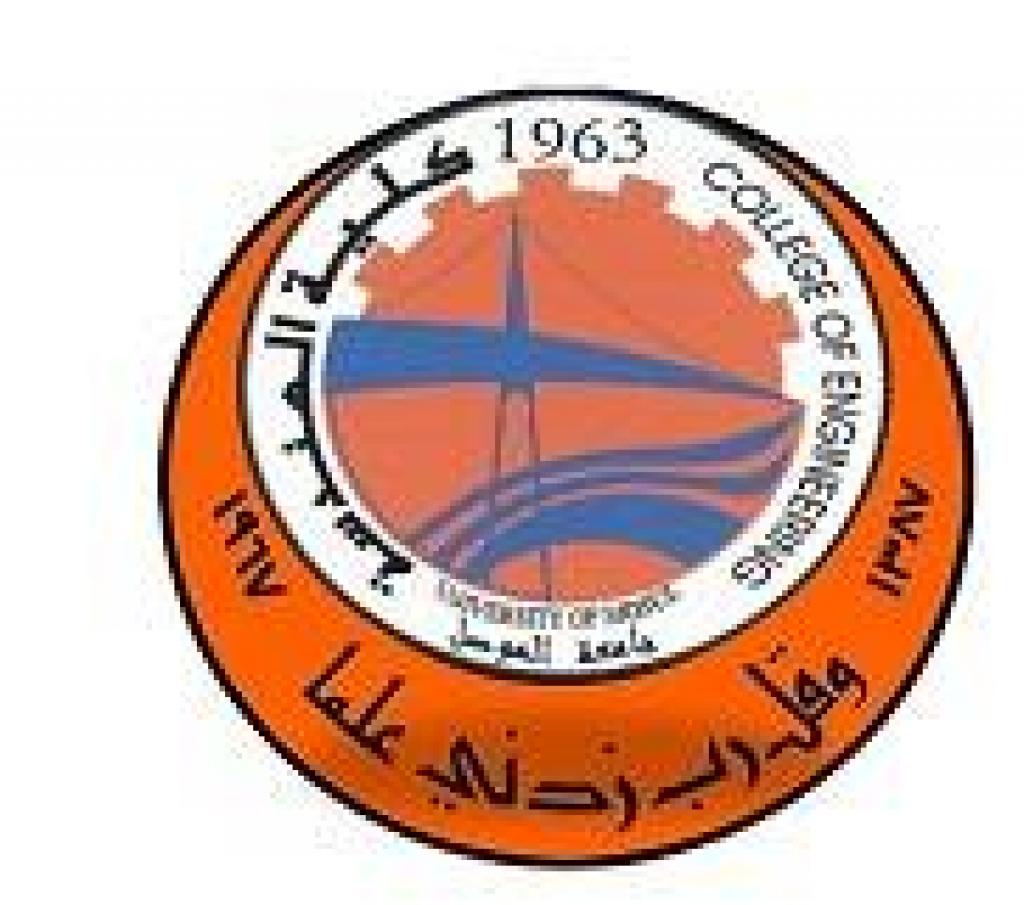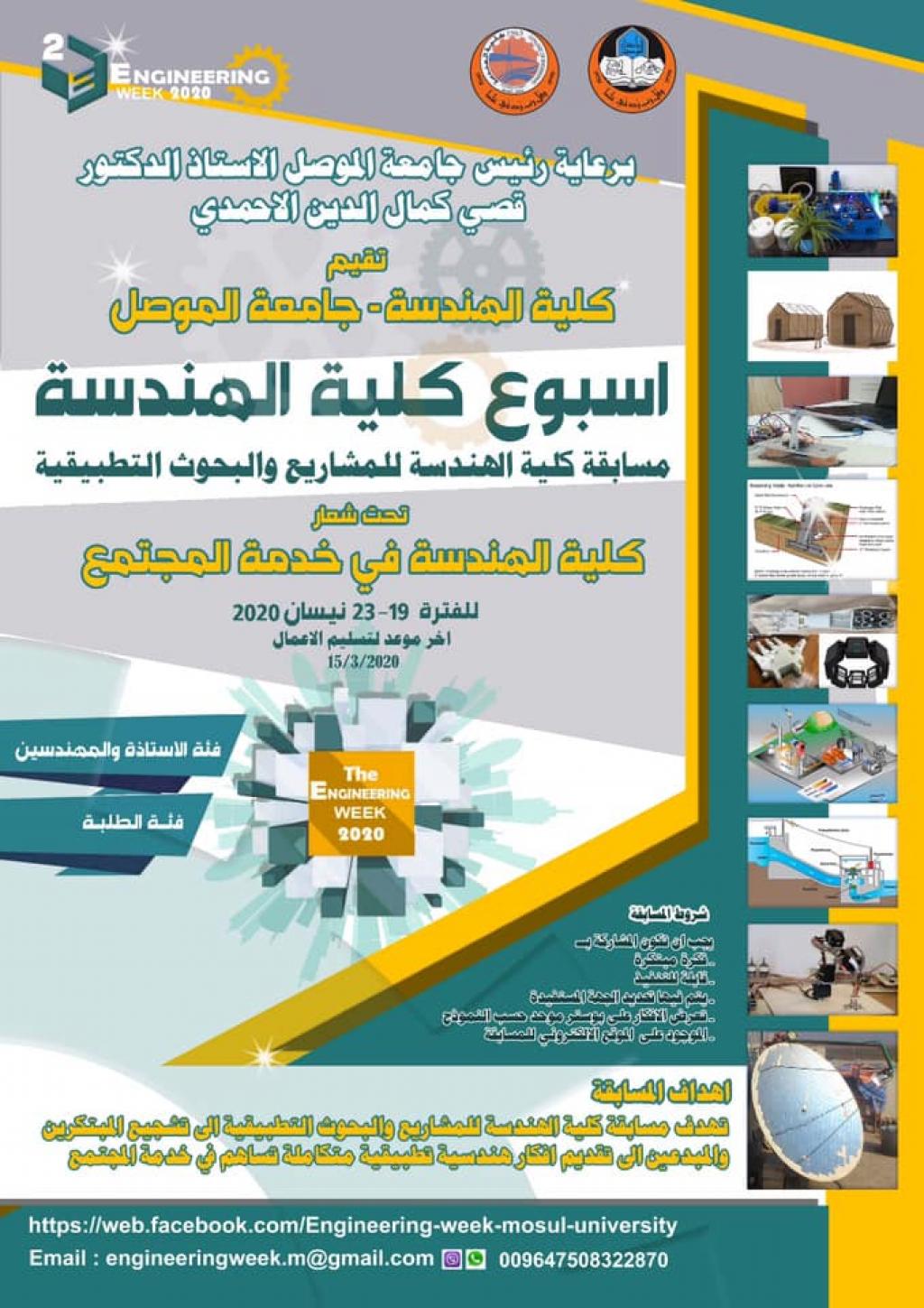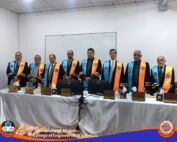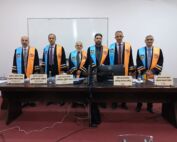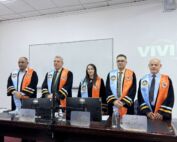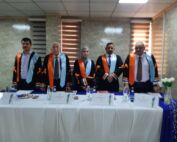16 June، 2022
PH.D Dissertation on “Parallel Implementation of Image Fusion Using Heterogeneous Computing”
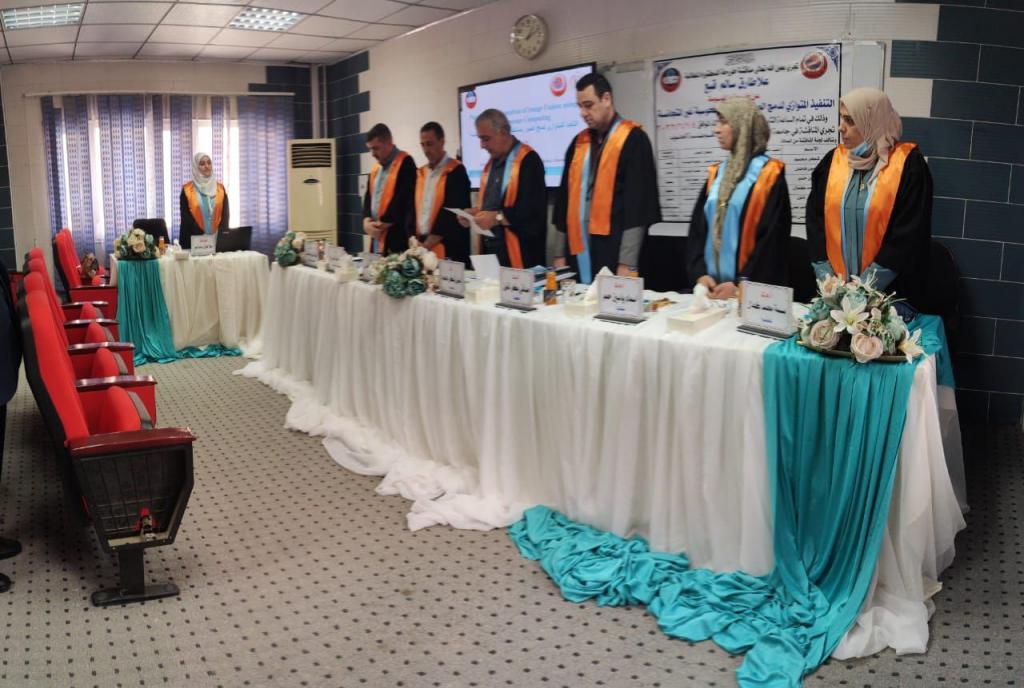
A PH.D dissertation was discussed in Department of Computer Engineering / College of Engineering at University of Mosul entitled “Parallel Implementation of Image Fusion Using Heterogeneous Computing” submitted by (Ula Tarik Salim) on Tuseday, June 14, 2022.The dissertation dealt with the concept of image fusion combined with U-Net networks is adopted to segment the cardiac structure in MRI.
To enhance accuracy, the principle of spatial fusion is applied to adjacent image slices. Spatial fusion is an easy new variant of image fusion based on combining the advantages of the early and late fusion. Several extracted features from the adjacent inter-slices are fused by applying the traditional and deep learning methods at both the encoder-decoder segmentation units. This approach enhances the spatial multi-scale information gathering.
To accelerate the implementation and optimize the memory limitation, parallel software systolic array execution model (SSAM) is used for performing the convolution. It is built over the GPU with CUDA architecture using CUDA warp, register files, and shuffle instruction. This achieved an efficient data access and threads communication with low latency.
All proposed networks are developed in Python (version 3.8) by using TensorFlow (version 2.2.0) and Keras (version 2.2.0) frameworks. CUDA 10.1.243 and cuDNN7.6.5 are used as driver and accelerator library. PYCUDA is used for executing the networks with systolic convolution. The training and testing phases are implemented on a machine with a 2.9 GHz Intel(R) i7 CPU of 8 cores, 16 GB RAM, 256 GB SSD as hard disk, and integrated with a 1.68 GHz RTX 2060 super graphic card of 2176 cores with 8 GB GPU memory.
All proposed networks are evaluated on the public Automated Cardiac Diagnosis Challenge dataset by using fivefold cross validation. The Lightweight Fusion U-Net (LWFU-Net) is the appropriate network proposed for balancing accuracy and model complexity. Whereas LWFU-Net outperformed both U-Net and Lightweight U-Net (LWU-Net) built using single path.
LWFU-Net exhibited a performance with a mean dice similarity scores of 0.9435 left ventricular cavity, 0.885 right ventricular cavity, and 0.886 left ventricular myocardium over 128×128 image subtest. In addition, the results show that LWFU-Net has an acceptable usage of 51 MB (weight memory), 13.27M (trainable parameters), and 8.89 GFLOPs. It achieved a speedup of 6.5 for the training phase, and approximately 1.2 and 2 to test images using CuDNN and systolic software, respectively.
